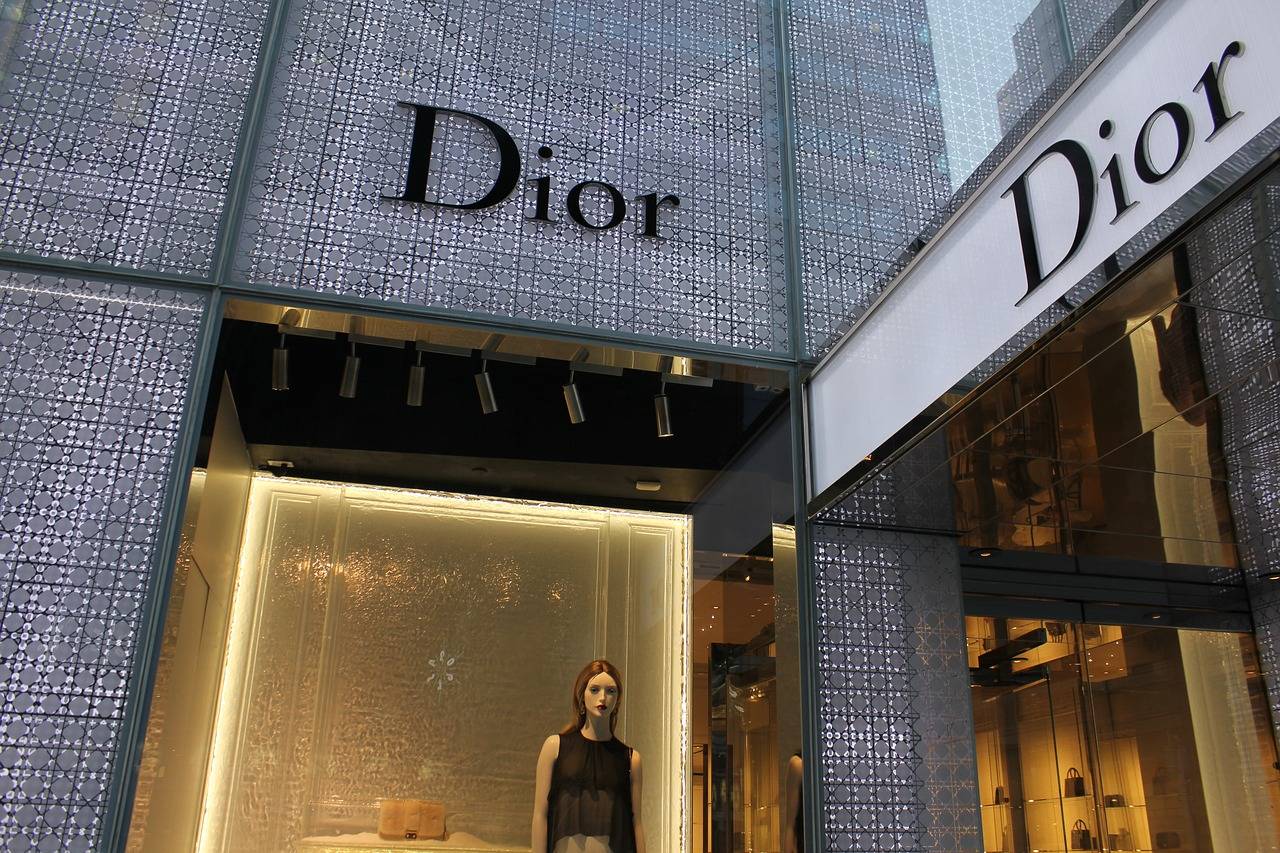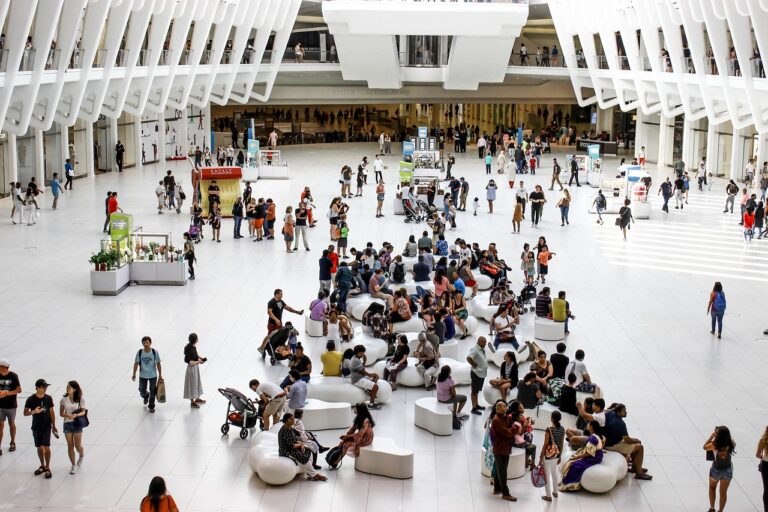Virtual Fashion Shows: Redefining Runway Experiences
Virtual fashion shows have rapidly taken center stage in the fashion industry as a response to the global shift towards digital interactions. With technology continually evolving, many fashion brands are exploring innovative ways to showcase their collections through virtual platforms. The future of virtual fashion shows holds the potential to revolutionize the way audiences engage with and experience fashion presentations.
In this digital era, virtual fashion shows offer a new avenue for brands to connect with a broader audience on a global scale, transcending physical barriers and reaching fashion enthusiasts worldwide. As technology advances and immersive experiences become more seamless, virtual fashion shows are likely to become a permanent fixture within the industry, presenting endless possibilities for creativity and engagement.
Fashion Industry Response to Virtual Fashion Shows
Virtual fashion shows have emerged as a dynamic solution for the fashion industry in response to the ongoing challenges posed by the global pandemic. Industry leaders have swiftly adapted to this new format, leveraging technology to showcase their collections to a worldwide audience. By embracing virtual fashion shows, brands have been able to connect with consumers in innovative ways, transcending geographical boundaries and time zones.
Moreover, virtual fashion shows have provided a platform for designers to experiment with creative storytelling and presentation techniques. The digital nature of these shows allows for greater flexibility in design concepts and presentation styles, leading to a heightened level of artistic expression. As a result, the fashion industry has witnessed a resurgence of imaginative and boundary-pushing collections that captivate audiences in this new era of virtual experiences.
Consumer Perspective on Virtual Fashion Shows
Virtual fashion shows have quickly become the new normal in the fashion industry, offering consumers a unique way to experience the latest trends from the comfort of their own homes. With front-row seats no longer restricted to fashion insiders and celebrities, virtual fashion shows have opened up the world of high fashion to a much wider audience. Many consumers appreciate the convenience and accessibility of virtual fashion shows, allowing them to view and engage with the collections at their own pace.
However, some consumers miss the tangible experience of attending a physical fashion show—the bustling atmosphere, the excitement of seeing the designs up close, and the chance to socialize with fellow fashion enthusiasts. Virtual fashion shows may lack the sensory experience that comes with in-person events, leaving some consumers feeling disconnected from the glamour and artistry of the fashion world. The challenge for fashion brands is to find ways to bridge this gap and create virtual experiences that captivate and engage consumers in innovative ways.





